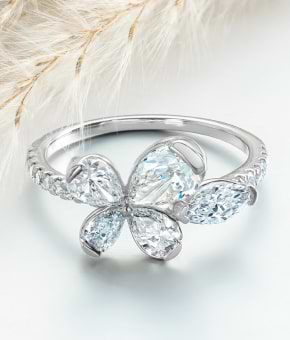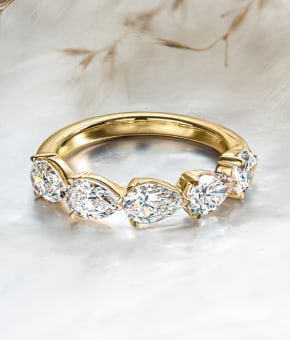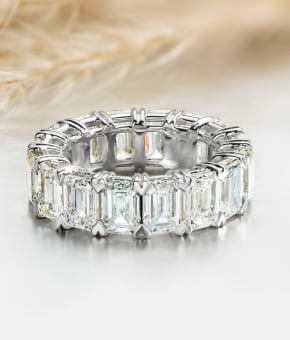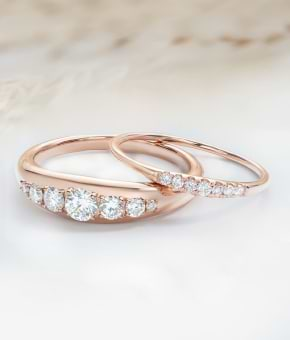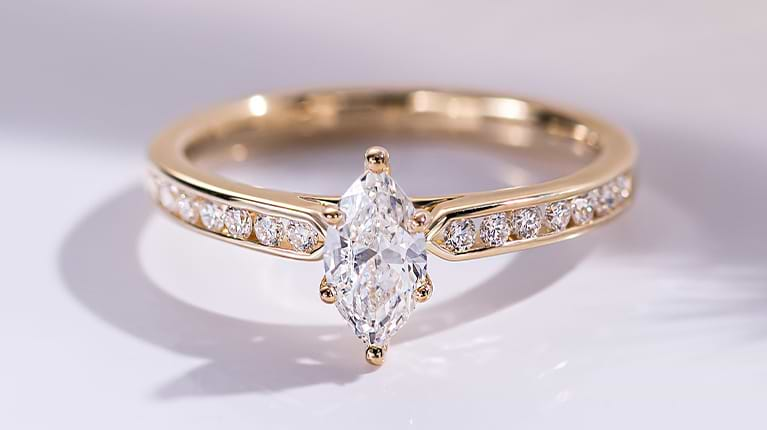

What Are Lab Grown Diamonds?
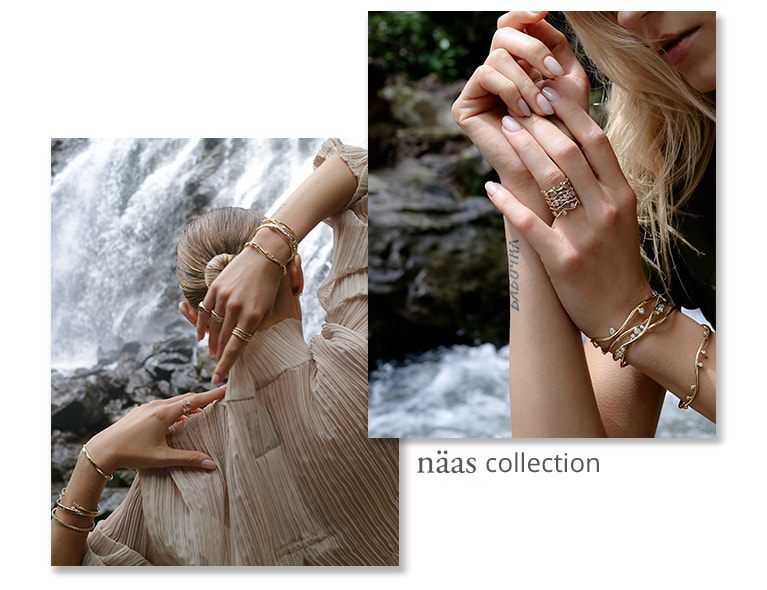
Lab grown diamonds are identical to their mined counterparts. But unlike natural diamonds, which are formed in the Earth's crust, created diamonds are made in a controlled environment using processes that simulate those found in nature. This means that labs can produce exquisite rough diamonds in as little as a few weeks, compared to the billions of years it takes to create a natural gem.
Why are Lab Created Diamonds Considered Ethical?
There are many reasons why choosing lab grown diamonds is a better alternative to mined diamonds. Because they don’t come from conflict regions they have a lower social impact, and by introducing lab grown diamonds into the supply chain, consumers can help eliminate the blood diamond industry.
In addition to all their unparalleled beauty, they are from mining.
When you buy lab grown diamonds from Grown Brilliance, you are investing in ethical luxury. We have a wide selection of loose conflict-free diamonds for you to browse, as well as ethical diamond jewelry like lab grown diamond rings, earrings and necklaces. With Grown Brilliance, you're just one click away from finding beautiful and socially acceptable gems for you and your loved ones.
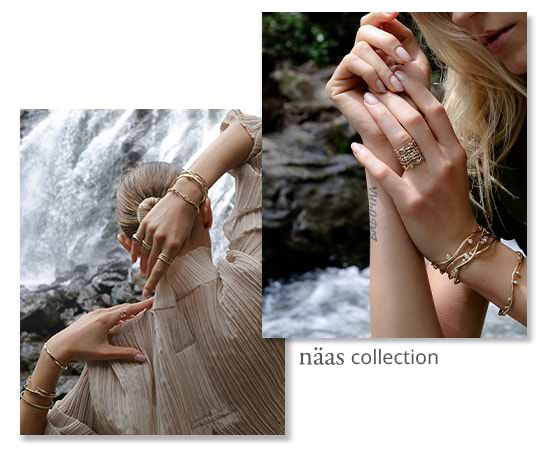
Learn About How Lab Grown Diamonds Are Made
Now that you know what lab grown diamonds are, you may wonder how we can create an authentic diamond in a laboratory.
For a better explanation, we can answer this question by considering how mineral diamonds are formed in nature.
The process that natural diamonds go through takes several billion years to complete. It occurs when carbon deposits deep below the earth’s surface are exposed to high temperatures and pressure, causing the carbon atoms to bond together and slowly form a crystal.
A diamond formed in a laboratory is grown using state-of-the-art technology which imitates the growing process of a natural diamond under the earth, but it occurs over a matter of weeks. Consequently, the diamond created is chemically, optically, and physically the same as the diamonds that are grown beneath the surface of the earth.
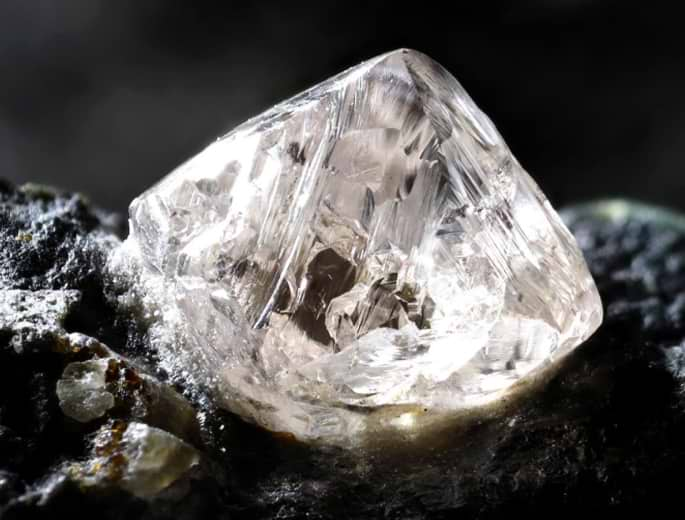
Difference
The only thing which makes a Lab Grown Diamond different from a Natural Diamond is how it originated.
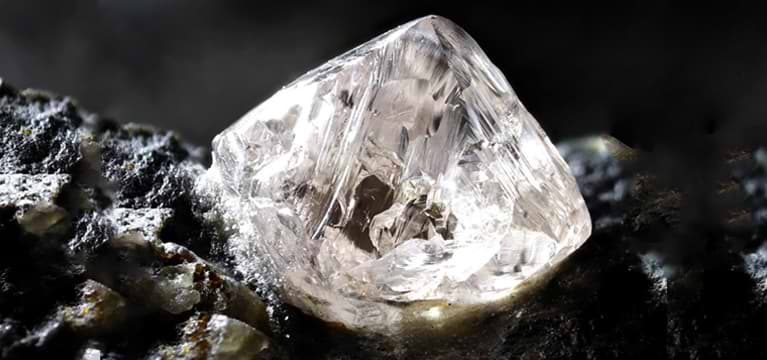
A diamond formed in a laboratory is grown using cutting-edge technology, which imitates the growing process of a natural diamond.
Consequently, the diamond created is one that is man-made. It is chemically, optically, and physically identical to a mined diamond.
Process
There are two different ways to create diamonds in the lab: Chemical Vapor Deposition (CVD) and High Pressure-High Temperature (HPHT).
When it comes to Chemical Vapor Deposition (CVD), a tiny “seed” diamond is heated to a high temperature inside a tightly closed chamber. The chamber is then filled with a carbon-rich gas mixture, including methane, and then they are ionized into plasma by technology. The ionization breaks molecular bonds into gases, and the diamond seeds slowly crystallize.
In the High Pressure-High Temperature (HPHT) process, the diamond crystal seed is exposed to extreme temperatures and pressure. As the carbon melts, a diamond forms around the seed. Once it has cooled, a diamond is created as beautiful as the one made in nature.
To learn more details, see our section on How Lab Created Diamonds are Made.
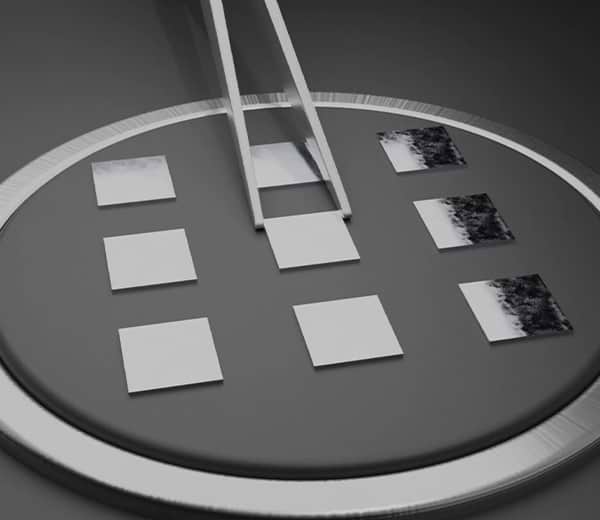
Difference
Why are lab created diamonds considered ethical?
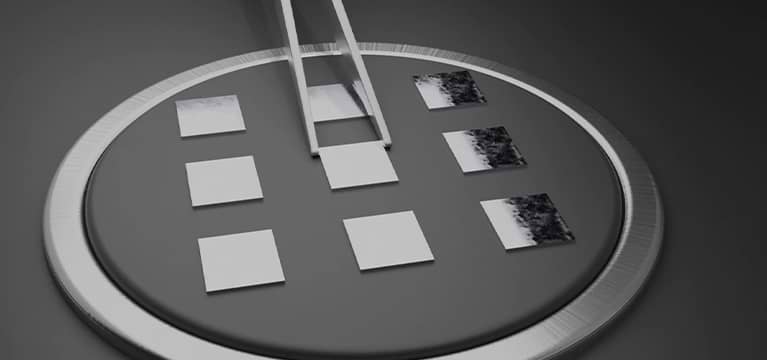
After all, there are many reasons why laboratory-grown diamonds are even a better alternative and are considered ethical luxury. In addition to all their unparalleled beauty, they do not have the negative impacts from mining the surface of the earth, and they are conflict free – it's impossible not to appreciate them.
We have a wide selection of loose diamonds for you to browse. You're just one click away from finding beautiful and earth-friendly gems for your loved ones.
How are Lab Grown Diamonds Manufactured?
Diamonds are made from carbon and require intense heat and pressure to transform into crystalline form. In nature, this is achieved hundreds of miles below the Earth’s surface, but for man-made gems, there are two different ways to create diamonds in the lab:
Chemical Vapor Deposition (CVD)
When it comes to Chemical Vapor Deposition (CVD), a tiny "seed" diamond used in chemical vapor deposition is heated to a high temperature inside a tightly closed chamber.
A CVD diamond begins as a thin diamond seed slice that’s originally an HPHT created diamond. This diamond seed is positioned inside a closed chamber and heated up to 800°F. This chamber is filled up with carbon-rich gases such as methane. These gases are then ionized into plasma by means of technology. The ionization breaks molecular bonds into gases, and the diamond seeds slowly crystallize.
In the end, you get a real diamond, with a process that takes weeks to months instead of millions of years.
High Pressure-High Temperature (HPHT)
High Pressure High Temperature (HPHT) diamonds are created using one of three manufacturing processes: the cubic press, the belt press, or the split-sphere (BARS) press. Each method simulates the natural conditions that form diamonds underground.
During these processes, a small diamond seed is placed in carbon, the element diamonds are made of. This environment is then subjected to extreme temperatures of about 2,550 - 2,900°F and pressures of approximately 5.5 million pounds per square inch. The carbon melts and starts to form a diamond around the seed. Gradually, it crystallizes to form a pure carbon diamond.

Ethical
Because lab grown diamonds are man-made in a lab, they are conflict-free and socially responsible.

Beauty & Quality
Lab grown diamonds have the same physical, chemical, and optical properties as mined diamonds.

Value
Lab grown diamonds offer excellent value and are more affordable than natural diamonds of comparable size and quality.
Lab Created Diamonds vs. Mined Diamonds
| Compare the Differences | Mined Diamond | Lab Created Diamond |
|---|---|---|
| Is it considered a diamond? | ||
| Chemical Composition | ||
| Source | The Earth | A Laboratory |
| Time Taken to Create | 1 to 3 Billion Years | Several Weeks to Months |
| Independently Created | ||
| 100% Conflict-Free | Depends on Source | |
| Does it test as a real diamond vs simulated diamond? | ||
| Price Comparison (of comparable quality and size) | $$$$ | $$ |
| Compare the Differences | Mined Diamond | Lab Created Diamond |
|---|---|---|
| Is it considered a diamond? | ||
| Chemical Composition | ||
| Source | The Earth | A Laboratory |
| Time Taken to Create | 1 to 3 Billion Years | Several Weeks to Months |
| Independently Created | ||
| 100% Conflict-Free | Depends on Source | |
| Does it test as a real diamond vs simulated diamond? | ||
| Price Comparison (of comparable quality and size) | $$$$ | $$ |
Our lab grown diamonds display the same physical, chemical, and optical characteristics as natural diamonds and exhibit the same fire, scintillation, and sparkle. To the naked eye or using a loupe, man-made diamonds are nearly impossible to differentiate from natural diamonds.
Lab Grown Diamonds may exhibit different trace elements than natural diamonds that do not affect the overall appearance of the diamonds.
- Identification Through Specialized Testing. Lab grown diamonds can only be differentiated from natural diamonds using specific tests with specialized equipment. Lab grown diamonds you purchase may come with a diamond certification confirming their lab grown origin, or may be denoted in the stamp on the jewelry.
- Ethical Choice. The creation of lab grown diamonds in laboratories eliminates the need for diamond mining, making them a modern and, ethical alternative to traditional mined diamonds.
- Affordability. Man-made diamonds offer a more budget-friendly option, costing about 50% less than their natural counterparts while maintaining the same visual appearance.
- Greater Size for the Same Price. Opting for Lab Grown Diamonds means you can acquire a diamond that is larger for the same investment, making them exceptional choices for your current collection and as heirlooms for future generations.
Grading Certificate
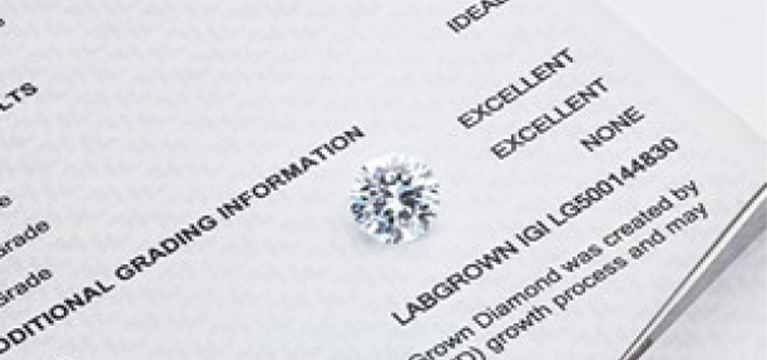
Some people mistake lab grown diamonds for other white gemstones like moissanite or cubic zirconia, but, in reality, lab grown diamonds are real diamonds in every sense. Natural and lab grown diamonds have identical physical, chemical, optical, and atomic properties.
This means they are also graded by certified gemological institutes using the 4Cs used for grading naturally mined diamonds. It means that each diamond’s parameters, including its color grade, carat weight, clarity grade, and cut grade, are verified by a diamond certificate.
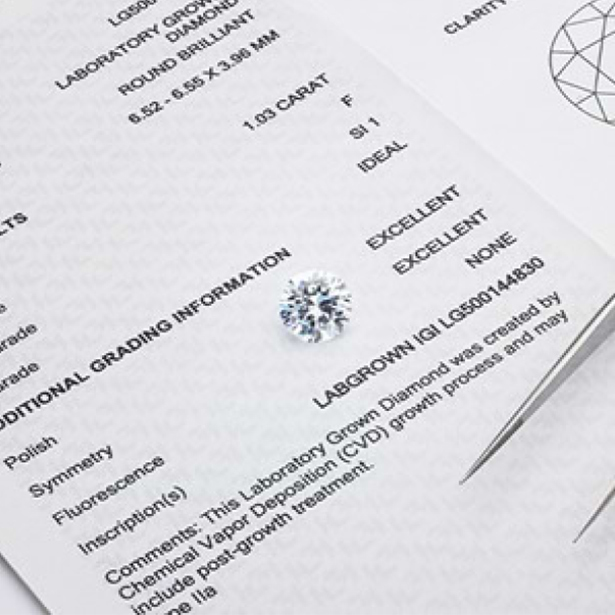
The Gemological Institute of America (GIA), and principally the International Gemological Institute (IGI) are the most well-known grading laboratories that provide an independent grading certificate.
Two methods can produce jewelry-quality diamonds: HPHT and CVD.
HPHT is an abbreviation for High Pressure/High Temperature. This method replicates the natural formation of diamonds by subjecting carbon to high temperatures and pressing it together.
CVD is an abbreviation for Chemical Vapor Deposition. A seed crystal chamber is filled with a mixture of hydrogen and methane gas. Microwave power often heats the chamber to a high temperature, which excites the gas. The diamond grows on the seed crystal.
Certified gemological institutes grade lab grown diamonds using the same 4 Cs that are used to grade naturally mined diamonds. It means that the properties of each diamond, such as its color grade, carat weight, clarity grade, and cut grade, are validated by a diamond certificate like the mineral one.
The most well-known grading laboratories that give this type of certificate are the Gemological Institute of America (GIA), and the International Gemological Institute (IGI). You can make an informed decision and compare similarly graded diamonds by having a certificate like these.
The main difference is how each one is made. The mined diamond is formed by a natural process dependent on extremely long, natural factors. On the other hand, the laboratory diamond is a more efficient approach to producing diamonds with the same appearance and physical, chemical, optical, and atomic properties.
Furthermore, there are many difficulties in extracting mineral diamonds, while those made in laboratories are much conflict-free and ethically sourced.
